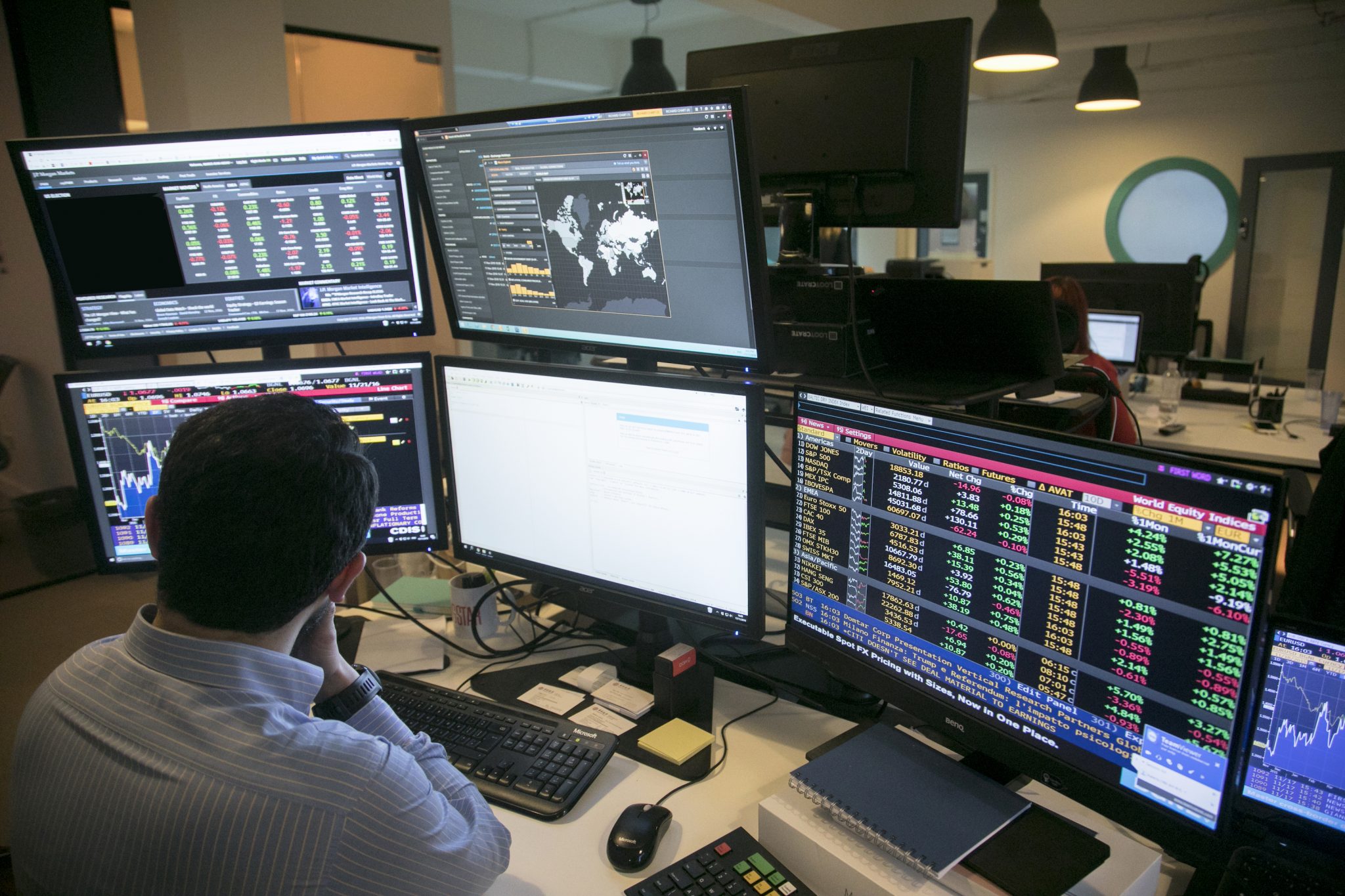Just because you invest with a digital wealth manager doesn’t mean you’re alone. Here, our Chief Investment Officer Richard Flax answers your burning questions on all things investing. After all, money is personal – especially if you’re protecting it for your future.
Would it be better to rebalance the Moneyfarm portfolios more often to ensure they keep up with equity markets all the time?
Chief Investment Officer, Richard Flax:
This is a really interesting question because it’s always tempting to trade more. On the asset allocation team we spend all day thinking about the markets and inevitably find some attractive short-term ideas along the way.
But we know short-term trading carries more risk and more cost. And it often doesn’t deliver the results you’re looking for. There are a lot of people looking for that elusive “edge” in financial markets, but often the greatest edge you can have is simply your time horizon. Having that long-term time horizon is one of the greatest tools for wealth creation.
Our investment decisions are based on long-term investing – starting with our strategic asset allocation. This approach involves setting target portfolio allocations for each asset class based on an investor’s risk profile.
A mistake investors can make is to drift away from their original strategy – taking on more risk when you originally wanted less volatility, for example. Each of our portfolios are built on a strategy that works for the goals of the corresponding investment portfolio.
Of course, markets move and opportunities present themselves all the time. It’s up to us to fully research each opportunity and make shorter-term adjustments when necessary – this is called tactical asset allocation.
Market movements also move the proportion of assets in our portfolio away from the target asset allocation. It’s up to us to rebalance our portfolios to ensure they match the risk appetite of our investors.
Long-term investing
At Moneyfarm, we’ve built an investment philosophy based on a long-term investing. Each year we look at expected returns for a 10-year period and then develop appropriate asset allocation based on this. We always look to ensure our portfolios are robust as possible, but we do this within the framework of the portfolio objectives, we’ll make slight adjustments, not complete changes.
Even if you’re confident enough to put all your money on one investment, it’s a dangerous game to play. If it goes up in value you’re laughing, but it could also be painful if it vanishes before your eyes.
This risk can be reduced through diversification, and is why we like to invest in exchange traded funds (ETFs) and ensure our portfolios span asset classes and regions, appropriate to an investor’s tolerance to risk. As the main asset classes rarely perform in line with each other, losses from one investment can be offset from gains made elsewhere.
At the moment, our portfolios are feeling the impact of a stronger pound and geopolitical tensions between the US and North Korea, as well as the disaster caused by Hurricane Irma.
When you look at the performance of your Moneyfarm portfolios, remember these three things:
- These are globally diversified portfolios that include bonds and equities.
- We measure the portfolio’s risk-adjusted return – what return do we get for the volatility in our portfolios?
- We adopt a long-term investment horizon rather than focusing on results from just one quarter.
Markets rise and fall, but our team manage the risks accordingly. Although it can be tempting to react to short-term fluctuations, sticking to your investment strategy should avoid any costly mistakes from trying to time the market.
If you have any questions that you’d like Richard to answer send them to support@moneyfarm.com with the subject line ‘Question for the CIO’, and we’ll either respond to you directly or publish them on our blog.





